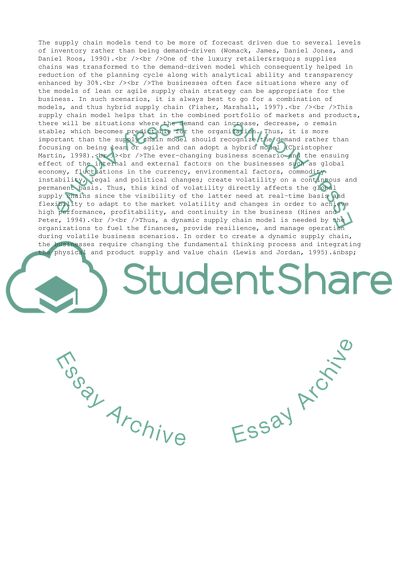Cite this document
(Key Challenges and Opportunities in Managing Global Supply Chain Assignment, n.d.)
Key Challenges and Opportunities in Managing Global Supply Chain Assignment. https://studentshare.org/management/1805503-logistics-management
Key Challenges and Opportunities in Managing Global Supply Chain Assignment. https://studentshare.org/management/1805503-logistics-management
(Key Challenges and Opportunities in Managing Global Supply Chain Assignment)
Key Challenges and Opportunities in Managing Global Supply Chain Assignment. https://studentshare.org/management/1805503-logistics-management.
Key Challenges and Opportunities in Managing Global Supply Chain Assignment. https://studentshare.org/management/1805503-logistics-management.
“Key Challenges and Opportunities in Managing Global Supply Chain Assignment”. https://studentshare.org/management/1805503-logistics-management.


